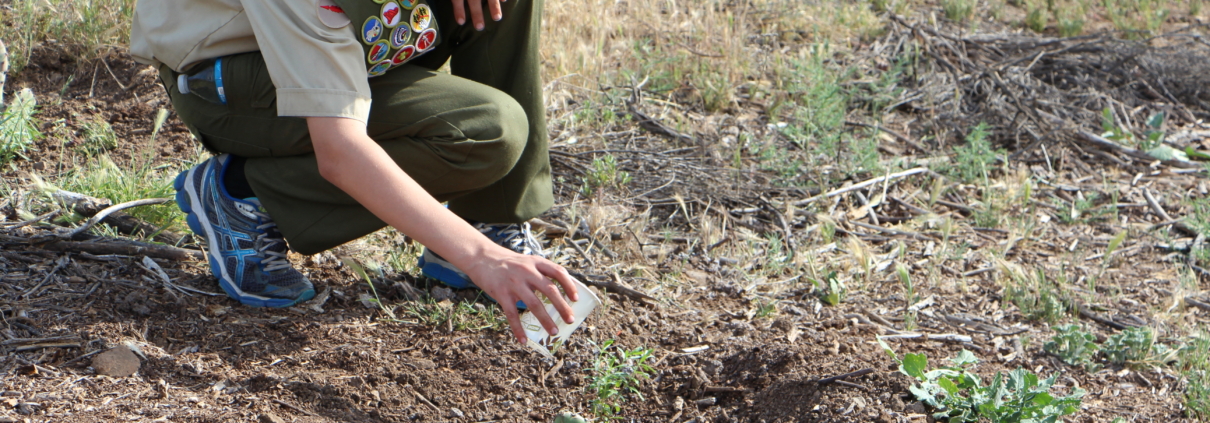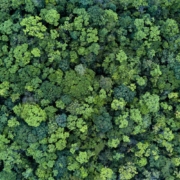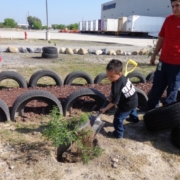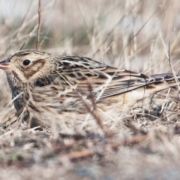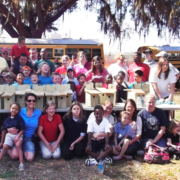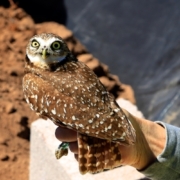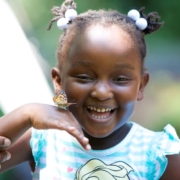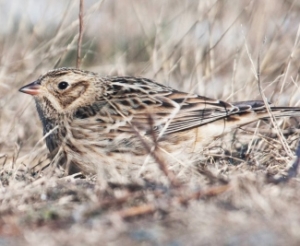WM | Helping Boy Scouts Achieve Their Goals through Conservation Projects
En Español
WM’s El Sobrante Landfill and Wildlife Preserve spans 1,333 acres in the town of Corona, California, 27 miles east of Los Angeles. This site is comprised of both active landfill and undisturbed open space, with nearly 700 acres actively managed as a habitat preserve. The team works diligently to protect sensitive and rare species by implementing the landfill’s Habitat Conservation Plan (HCP), which was developed in 2001. The HCP covers 31 species of concern, including the federally-endangered and state-threatened Stephens’ kangaroo rat and federally-threatened coastal California gnatcatcher.
Miriam Cardenas, Community Relations Specialist and team leader for the conservation program, noted the popularity of the program among volunteers from the surrounding community. One particularly keen group of volunteers is the local Boy Scouts and Girl Scouts. Through this successful and long-standing partnership, the Scouts have completed a variety of conservation projects at the site, including those that helped fulfill badge requirements and at least 11 Eagle Scout and Gold Award projects, and contributing to the landfill’s goals for the HCP in the process. The team provides interested Scouts with a list of potential projects that would be helpful in meeting conservation goals, allowing the Scouts to choose a project that best suits their interests and requirements.
Several of the Scouts’ projects have involved artificial nesting and roosting structures, which help the Scouts strengthen their STEM skills through activities like measuring materials and using design schematics to construct the structures. For instance, the Scouts built 20 artificial nesting burrows for burrowing owls, a species covered under the HCP that has a low population in the area near the site. This species typically nests in abandoned burrows made by other species like ground squirrels. Although no nesting activity has occurred in the burrows yet, a male burrowing owl was observed scouting the burrows, spending about a month in two of them. Other structures built by the Scouts include barn owl nest boxes and bat houses.
The Scouts have also participated in several habitat restoration and protection projects, including native cactus plantings, trash cleanups of over 60 acres of historic illegal dumping, and closure of illegal ATV trails with the use of rocks, brush, and native cactus plantings to block and disguise the trails. When one Boy Scout wanted to help rapidly-declining monarch populations, the team provided him with an opportunity to plant native milkweed plants and seeds that have successfully been used by monarchs. This project was also recently completed by a local Girl Scout troop. Several Scouts created an artificial rock outcrop to help propagate the rare many-stemmed dudleya plant, and with instruction from the site team they processed collected seed pods and spread the seeds onto the outcrop using salt shakers. Several groups of Scouts also helped the team to replant native sycamore and western cottonwood trees in an area burned by wildfire in 2007, restoring important trees that in 2015 became nesting habitat for the state- and federally-endangered least Bell’s vireo.
The WM El Sobrante team has fostered a successful, integrated partnership with the local Boy and Girl Scouts by accommodating the interests and needs of the Scouts with projects that benefit the site’s conservation goals. It is a fine demonstration of how to create impactful, long-lasting partnerships that fulfill the goals of both partners.
Related Content
- Blogs:
- Webinars:
- Scouting and Your Habitat: Building a Partnership
- STEM Learning in Your Habitat
- Building Effective Partnerships: Case Studies
- Why Bats Matter: Protection and Awareness Strategies
- Bat Conservation on Your Corporate Landscape
- Monarchs in Peril – How Can You Help?
- The Value and Beauty of Birds: Creating Successful Habitat Programs with a Focus on Birds
- Project Guidances:
Quick Facts
| Site Name: | Waste Management El Sobrante Landfill and Wildlife Preserve |
|---|---|
| Category: | Member Spotlight |
| Tags: | avian, Awareness and Community Engagement, bats, Education & Awareness, Mammals, pollinators, Rocky Areas, Species of Concern |
| Site Location: | Corona, California |
| Partners: | Boy Scouts, U.S. Fish and Wildlife Service |
| Certification Since: | 2003 |
| WHC Index Link: | Learn more about the program |
